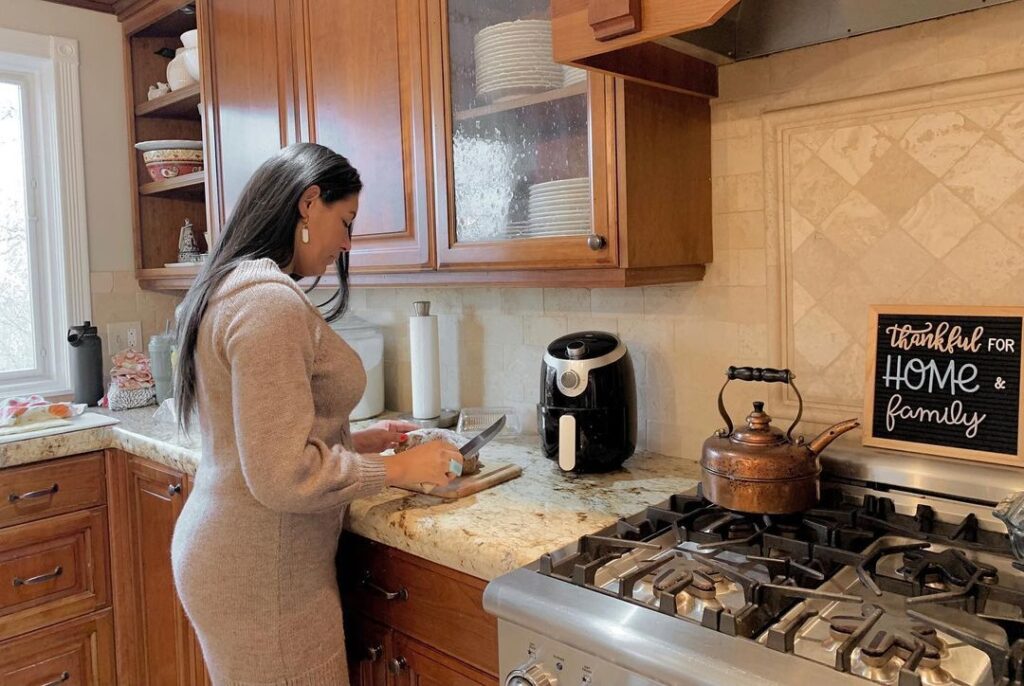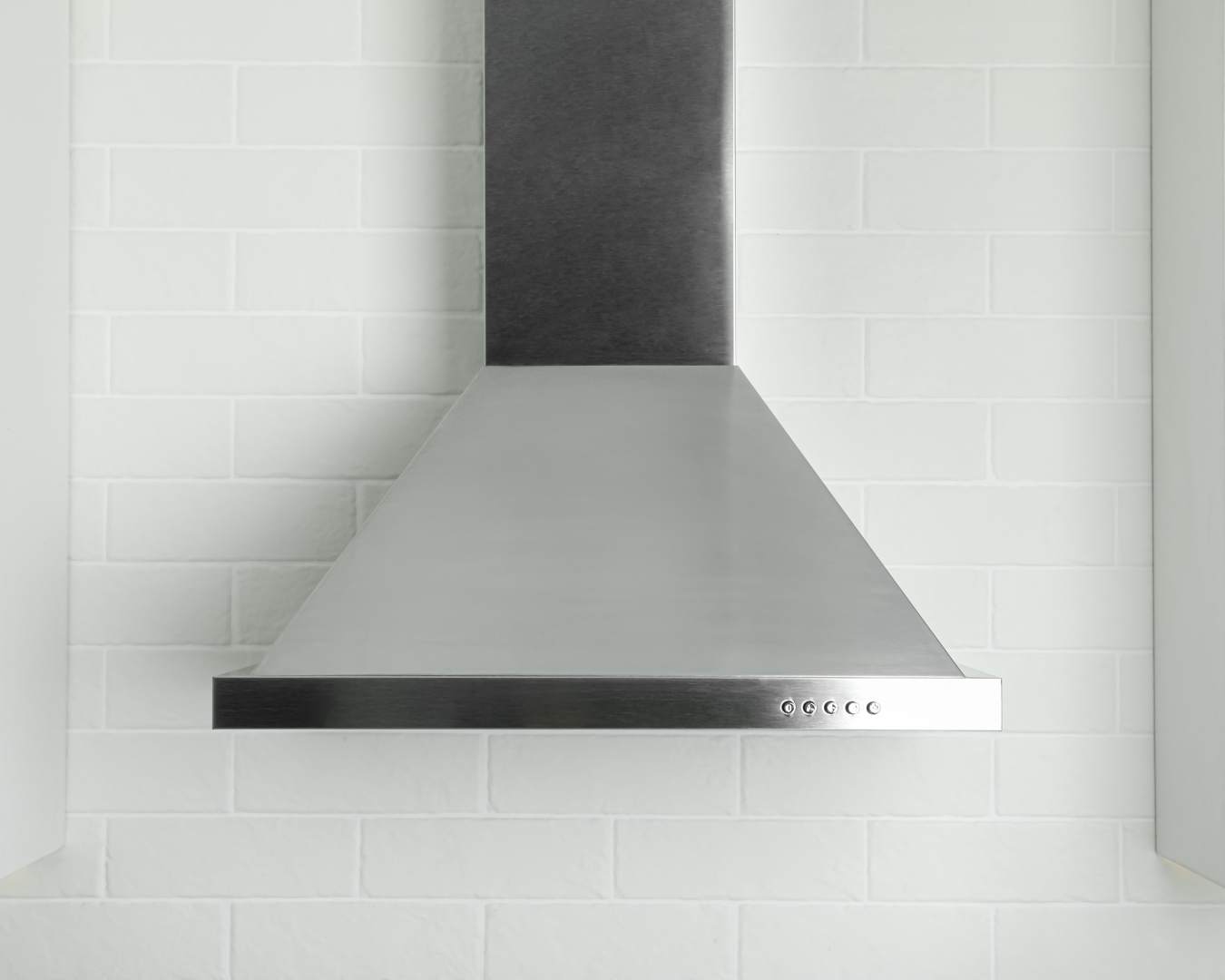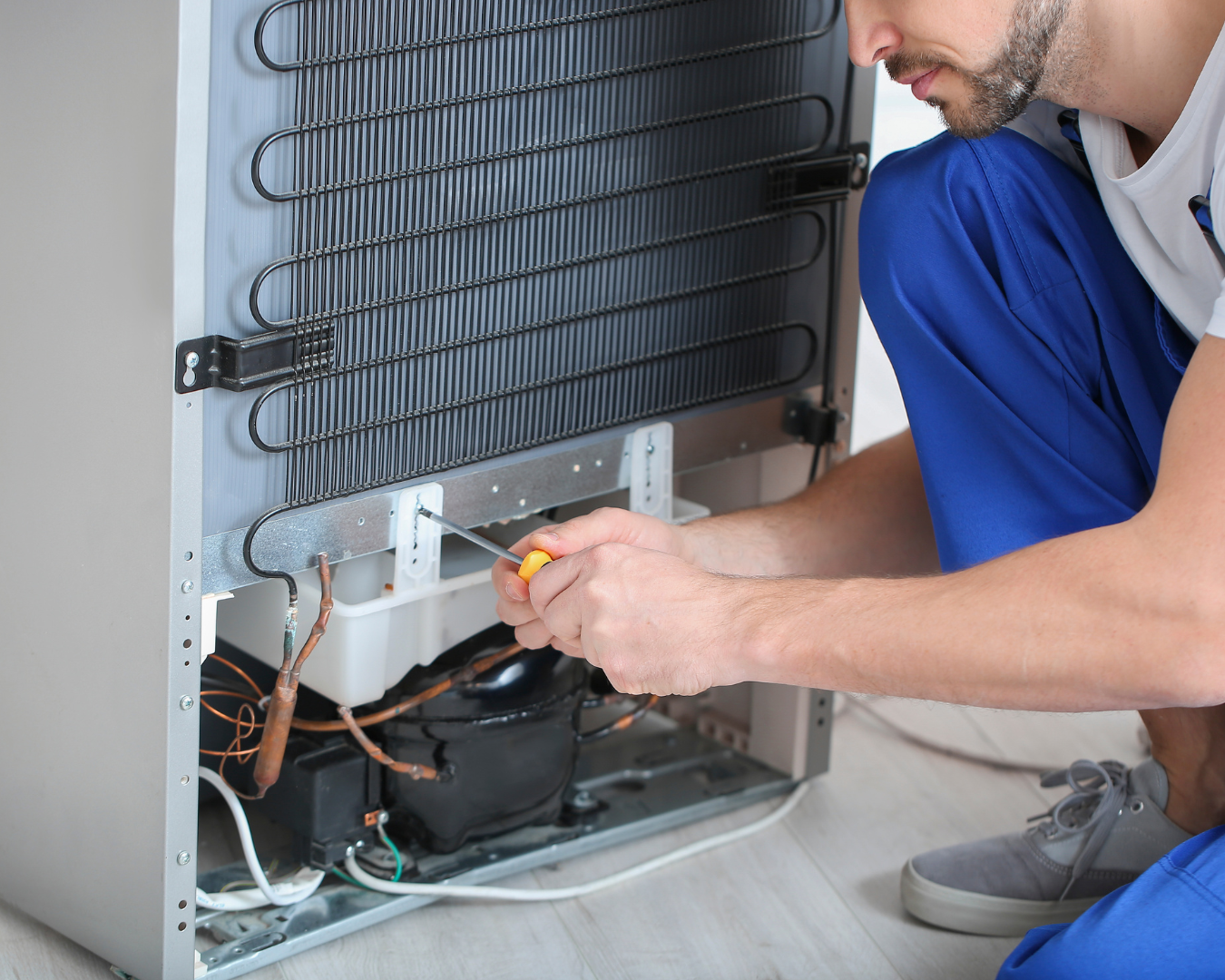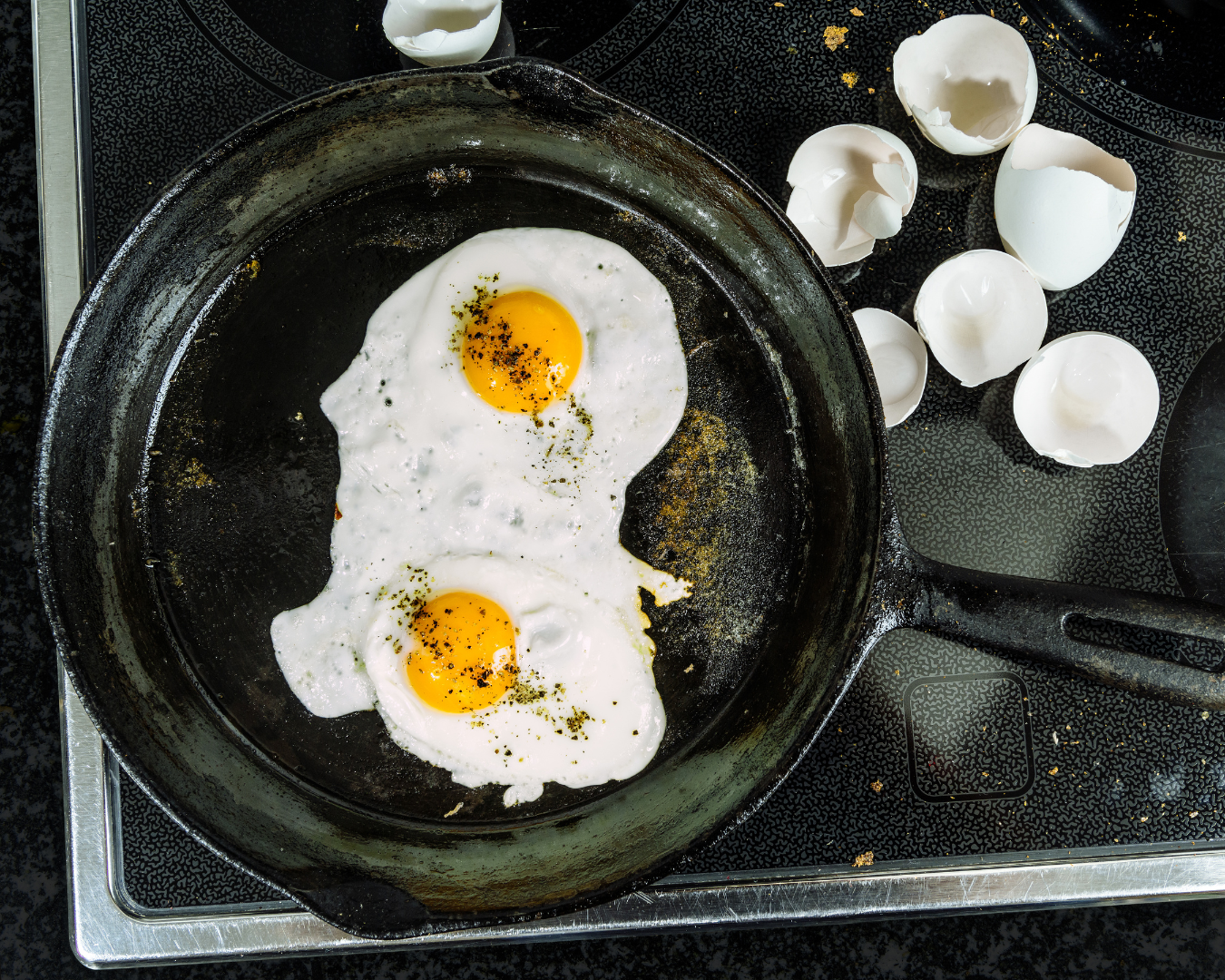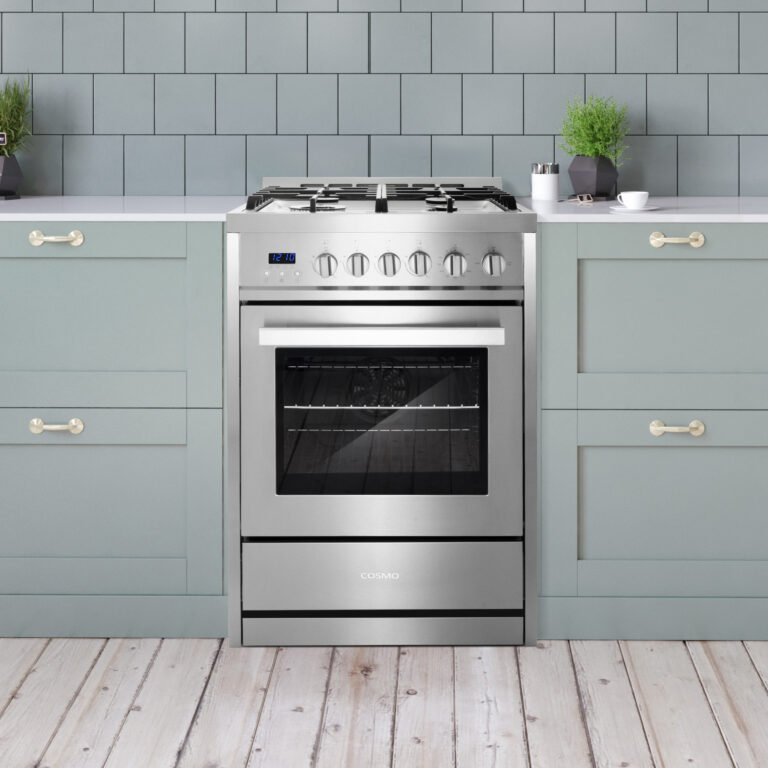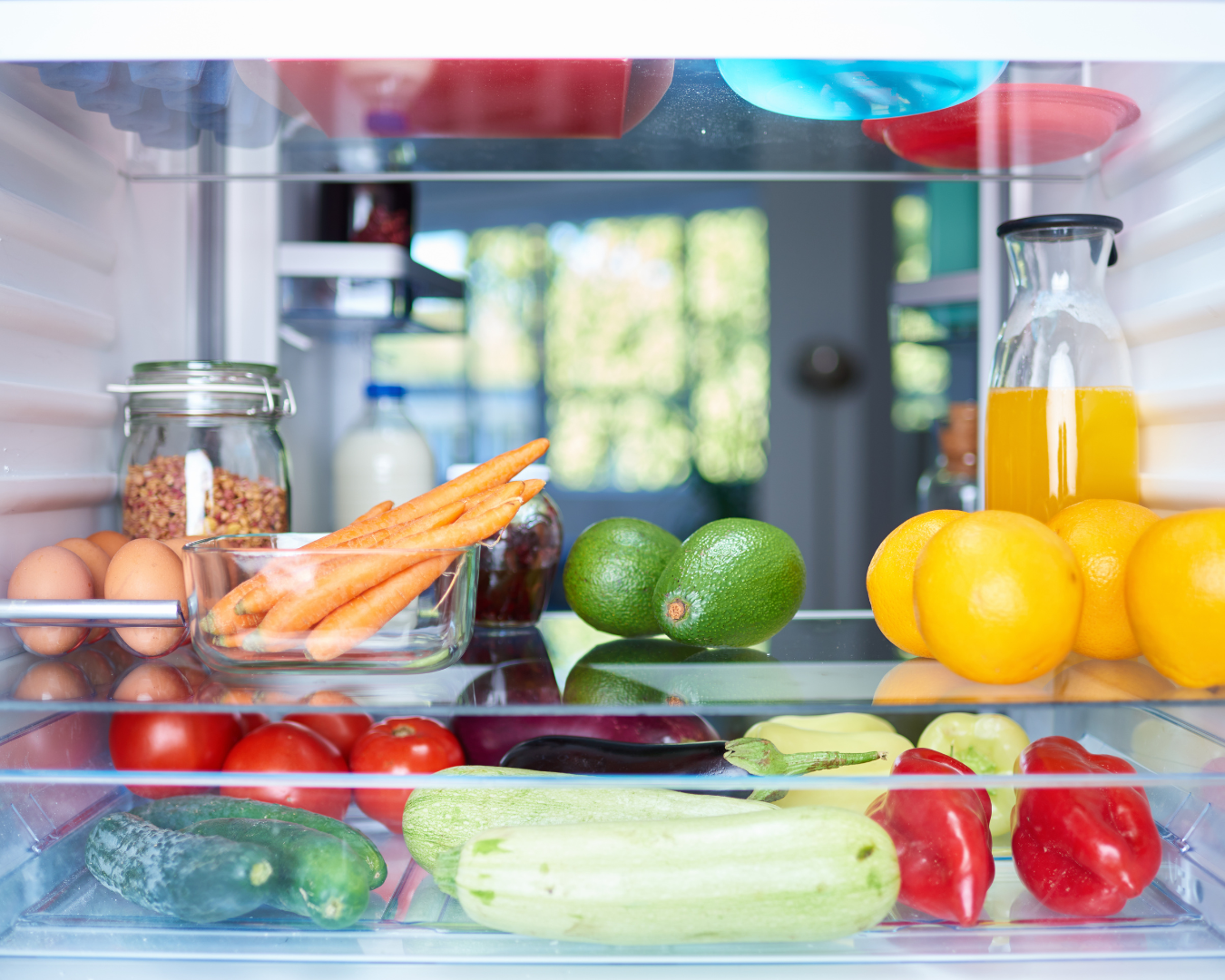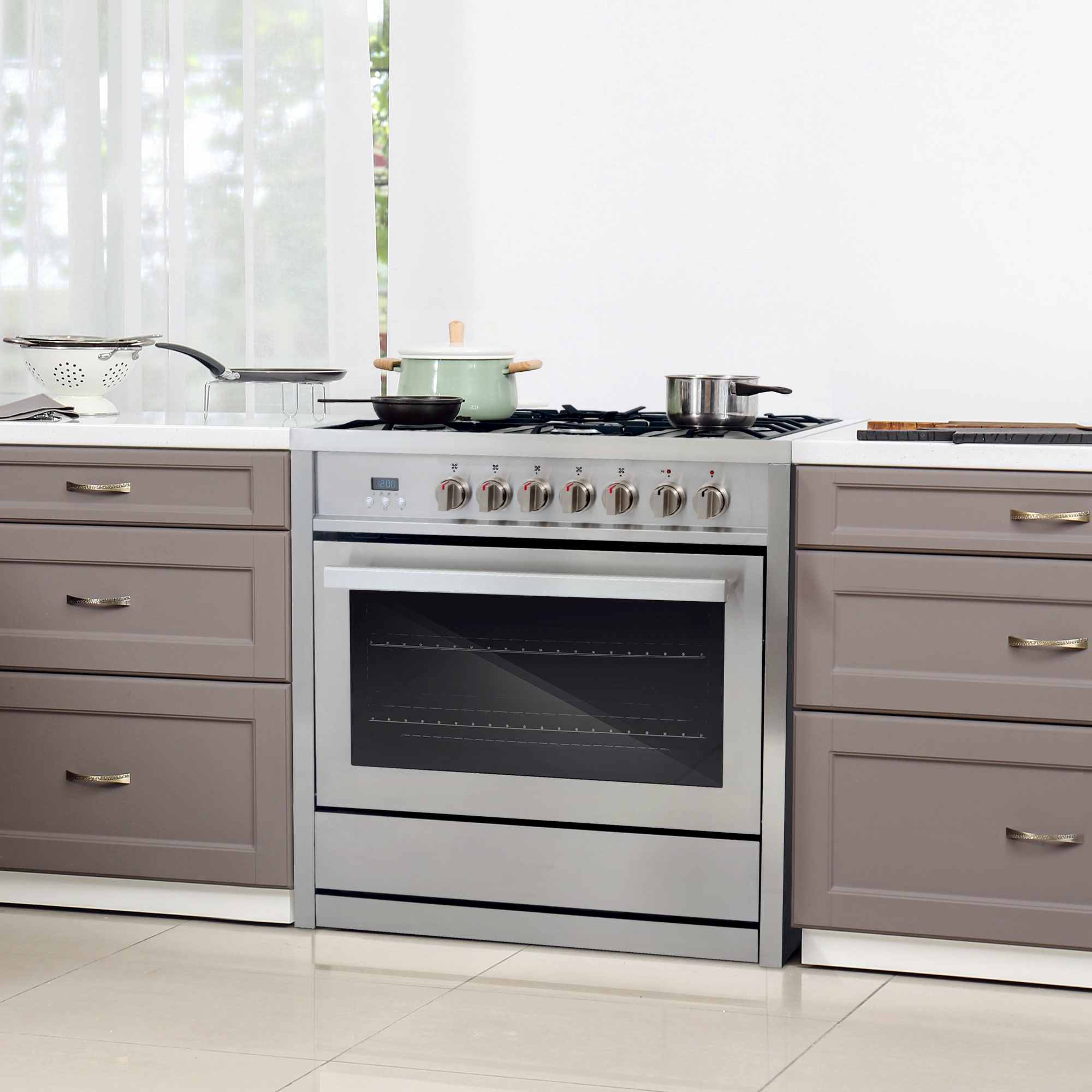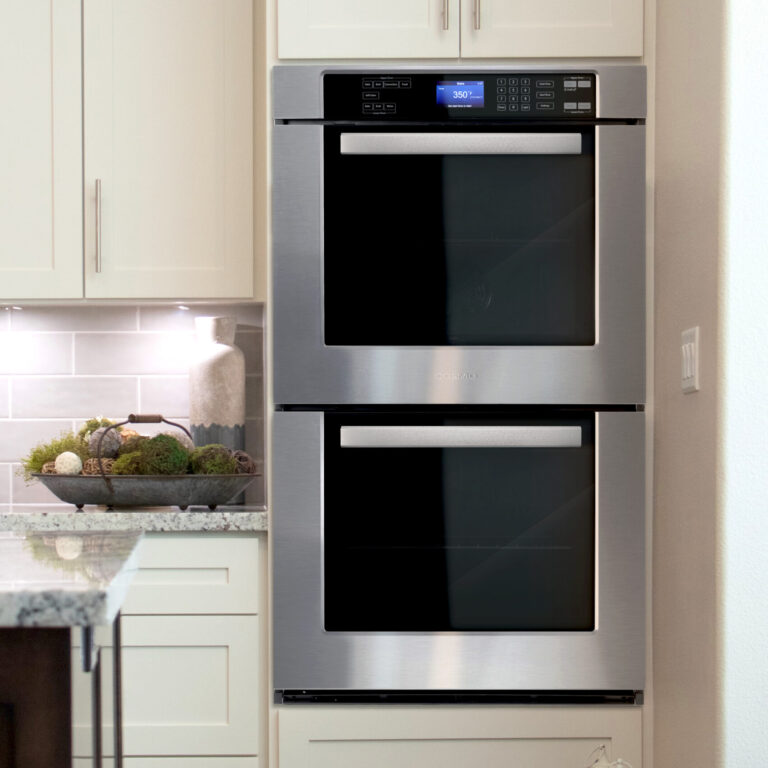The Airfryer Revolution: Healthier Cooking Without Sacrificing Flavor
In recent years, the air fryer has skyrocketed in popularity, becoming a staple in kitchens around the world. This innovative appliance promises to deliver crispy, delicious food with a fraction of the oil used in traditional frying methods. But what exactly is an air fryer, and how has it managed to revolutionize the way we cook and eat? What is an Air Fryer? An air fryer is a compact, countertop appliance that uses convection to circulate hot air around the food. This rapid air circulation mimics the effect of deep frying, resulting in a crispy exterior and tender interior without the need for large amounts of oil. Most air fryers come with adjustable temperature controls and timers, making it easy to cook a wide variety of dishes to perfection. Health Benefits of Air Frying Flavor Without Compromise One of the biggest concerns people have when switching to healthier cooking methods is the potential loss of flavor and texture. However, air fryers excel in delivering both. Tips for Getting the Most Out of Your Air Fryer The air fryer revolution has made it easier than ever to enjoy healthier, delicious meals without sacrificing flavor or texture. With its numerous health benefits, versatility, and ability to produce crispy, flavorful dishes, it’s no wonder that this appliance has become a beloved kitchen companion for many. Whether you’re looking to reduce your oil intake, enjoy more nutritious meals, or simply experiment with new cooking methods, the air fryer is a game-changer worth exploring.

